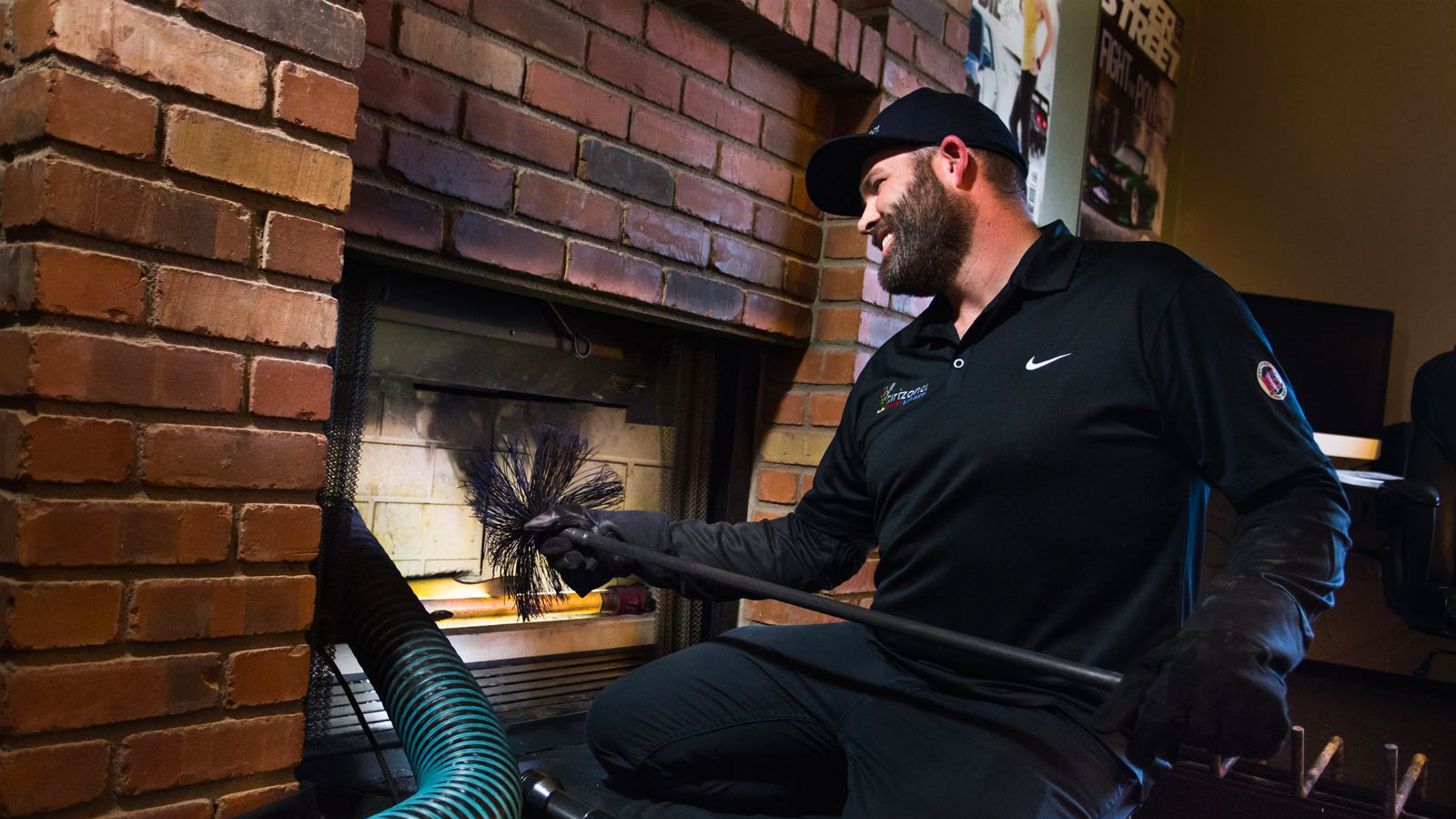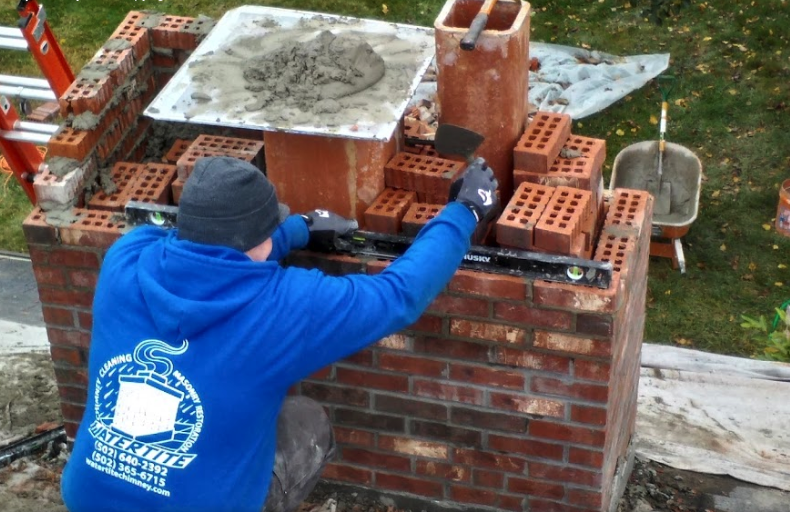Mastering the Art of Chimney Maintenance San Jose: Expert Guidance and Techniques
Mastering the Art of Chimney Maintenance San Jose: Expert Guidance and Techniques
Blog Article
Professional Tips for Effective Chimney Maintenance You Need to Know
Smokeshafts serve as crucial components in many homes, providing heat and comfort. From the relevance of normal assessments to risk-free operational practices, a thorough technique to chimney maintenance is crucial.
Relevance of Regular Inspections
Routine evaluations of smokeshafts are necessary for ensuring their security and functionality. Smokeshafts play a vital role in airing vent out damaging gases and maintaining correct airflow in a home. With time, creosote accumulation, debris, and architectural damage can take place within the chimney, posing severe risks such as smokeshaft fires or carbon monoxide gas leakages.
During a smokeshaft inspection, trained specialists examine the condition of the chimney, seeking any kind of indicators of damage, obstructions, or deterioration. They additionally inspect the integrity of the flue, chimney lining, and chimney cap to ensure every little thing remains in proper functioning order. By recognizing and attending to concerns at an early stage, prospective dangers or expensive repair work can be stayed clear of.
Regular evaluations not only assist in keeping the safety and security of the chimney but also contribute to its overall effectiveness. A well-maintained and clean chimney operates better, making sure correct air flow and reducing the danger of interior air contamination. Scheduling annual chimney inspections is a proactive measure that property owners can take to secure their residential property and liked ones.
Cleaning Strategies and Regularity
Maintaining the safety and security and performance of a smokeshaft involves not just routine assessments however also executing proper cleaning techniques and determining the optimum regularity for cleansing. Chimneys should be cleansed by a specialist chimney sweep at the very least annually, even if they are not regularly utilized. However, if the smokeshaft is used regularly, specifically with wood-burning ovens or fireplaces, it might call for more constant cleansings to stop the accumulation of creosote, a very flammable substance that can lead to chimney fires.
Home owners need to never forget smokeshaft cleansing, as it is essential for keeping a secure and useful smokeshaft system. Routine cleanings not only reduce the risk of chimney fires however likewise enhance the chimney's overall efficiency and durability.
Attending To Chimney Leaks

When addressing smokeshaft leaks, extensive assessment and timely repair work are critical to stop water damage and keep the structural honesty of the chimney,. Leakages in a smokeshaft can bring about severe issues such as mold and mildew growth, wear and tear of the chimney framework, and even prospective fire risks. To successfully deal with smokeshaft leakages, start by evaluating the chimney cap, crown, blinking, and stonework for any indicators of damages or wear. Chimney caps must be firmly in location to protect against water from getting in, while the crown and blinking check that need to be intact and effectively secured. Any splits or gaps in the masonry must be repaired immediately to avoid water infiltration. Furthermore, take into consideration waterproofing the chimney to give an extra layer of protection against wetness. Normal maintenance and assessments can aid spot and attend to smokeshaft leakages early, conserving you from pricey repair work and making certain the safety and longevity of your chimney.
Comprehending Creosote Accumulation
To recognize the potential dangers of creosote build-up in chimneys, it is crucial to acknowledge its formation procedure and influence on smokeshaft efficiency. When wood or fossil gas are melted, Creosote is a black or brown tar-like material that builds up inside smokeshaft systems. As smoke climbs through the smokeshaft, it condenses and cools, causing the formation of creosote, which sticks to the chimney walls.

Regular chimney evaluations and cleansings by an expert chimney sweep are vital in stopping creosote accumulation and guaranteeing the secure procedure of your chimney system.
Safe Procedure Practices
Applying correct safety and security procedures is crucial for the effective and secure procedure of smokeshaft systems. When making use of a fire place or wood-burning range, it is important to comply with particular security practices to prevent potential threats. Always make certain that the chimney is professionally inspected and cleaned up routinely to get rid of any type of creosote buildup, which can lead to smokeshaft fires. Furthermore, utilize a sturdy display or glass door in front of the fire place to avoid coal or stimulates from causing a fire and escaping in your house. It is also crucial to never overload the fire place with excessive amounts of wood, as this can bring about overheating and prospective architectural damage.
Moreover, make certain to only melt seasoned wood in your fire place, as wet or environment-friendly timber can create even more creosote and create hazardous smokeshaft clogs. Never leave a fire unattended and always make sure the fire is totally extinguished prior to going to bed or leaving the residence. By following these safe operation practices, you can delight in a relaxing and cozy fire while ensuring the get more security of your home and enjoyed ones.
Conclusion
In final thought, keeping your smokeshaft is essential for guaranteeing its safety and effectiveness. Regular inspections, proper cleaning techniques, resolving leaks, taking care of creosote accumulation, and complying with secure operation methods are key elements of chimney maintenance.
Over time, creosote buildup, debris, and structural damages can happen within the smokeshaft, positioning significant risks such as chimney fires or carbon monoxide leaks.
If the smokeshaft is utilized regularly, specifically with wood-burning ranges or fire places, it might call for even more frequent cleansings to stop the build-up of creosote, a very combustible material that can lead to chimney fires. (Chimney Maintenance San Jose)
To comprehend the possible threats of additional info creosote build-up in chimneys, it is crucial to recognize its formation procedure and influence on smokeshaft efficiency. As smoke increases with the smokeshaft, it cools and condenses, leading to the development of creosote, which adheres to the smokeshaft wall surfaces.
Constantly make sure that the smokeshaft is properly evaluated and cleansed routinely to remove any type of creosote buildup, which can lead to chimney fires.
Report this page